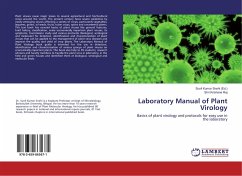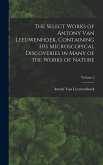The study was done to investigate the cellular mechanisms of transmission and the molecular interactions between begomoviruses and its whitefly vector, acquisition and translocation of WmCSV by Bemisia tabaci was studied. A whitefly transmissible WmCSV isolate and non transmissible mutants carrying a single amino acid change in the capsid protein at position 133, were used in the translocation experiments. For the transmissible, wild-type a virus pathway similar to luteoviruses/aphids interactions and to TYLCV translocation in B. tabaci,was found.Virus is ingested with phloem sap through the stylet, passages the oesophagus and is concentrated in the filter chamber, subsequently transported through the gut wall into the hemocoel, to reach the salivary glands for inoclution via saliva. Viruses were detected in the midgut and in the hemocoel as well as in the salivary glands of B. tabaci for both the transmissible and non transmissible mutants.In Trialeurodes vaporariorum non-vectorspecis,wild-type WmCSV was not capable of crossing the gut wall and hence not detected in hemocoel or salivary glands.
Bitte wählen Sie Ihr Anliegen aus.
Rechnungen
Retourenschein anfordern
Bestellstatus
Storno

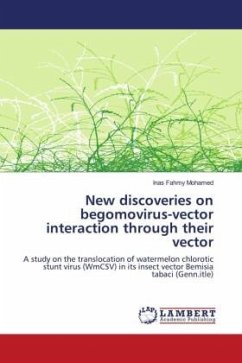
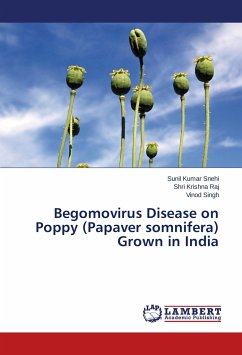
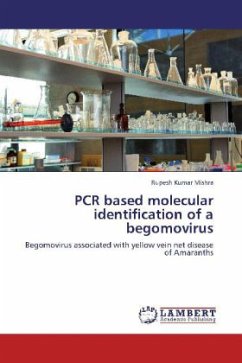
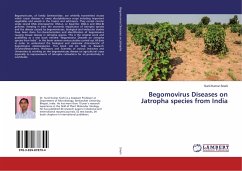
![Yellow Vein Mosaic of Okra [Abelmoschus esculentus L. (Moench)] Yellow Vein Mosaic of Okra [Abelmoschus esculentus L. (Moench)]](https://bilder.buecher.de/produkte/72/72485/72485135n.jpg)
